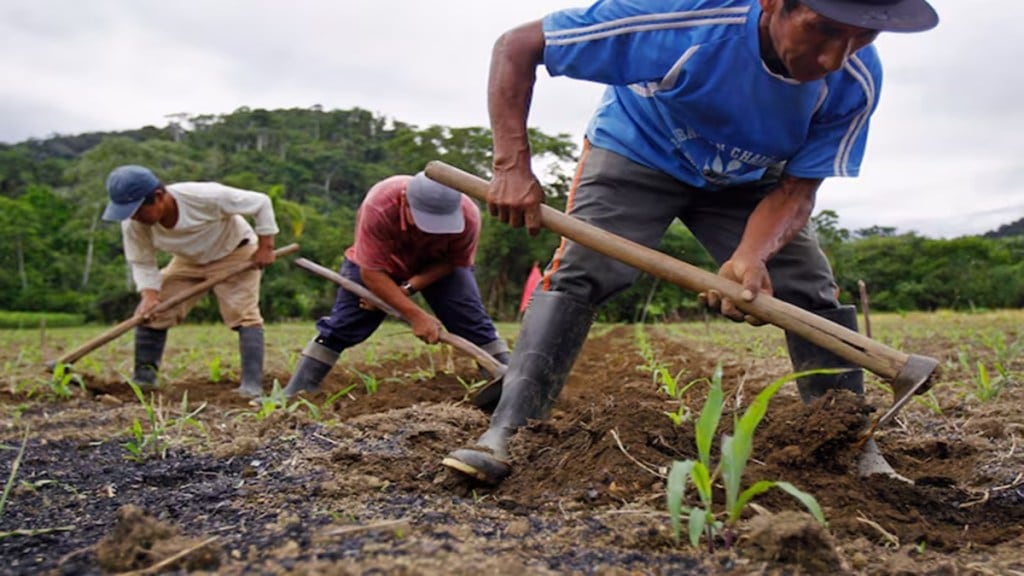To protect oilseeds farmers against fall in mandi prices, Madhya Pradesh will launch a price deficiency support scheme — Bhavantar– for soyabean farmers. Under the scheme, the state government will compensate the farmers by paying the difference between the prevailing (lower) market price and the minimum support price (MSP) to farmers.
To be rolled out from October 24, the scheme would benefit 0.6 million farmers in Madhya Pradesh.
This will be the second attempt by Madhya Pradesh to initiate the price deficit payment scheme (PDPS) or Bhavantar scheme aimed at ensuring that farmers get the MSP while the commodity is sold in the market as usual practice.
Under this scheme, soybeans can be sold in the notified markets during October 24, 2025, to January 15, 2026 and the price differential when prices fall below the kharif season’s MSP of Rs 5328/quintal for 2025-26 kharif season would be transferred to farmers bank accounts within 15 days of purchase of the oilseed at the designated agricultural produce market committees (APMCs) market.
“The model rate for soyabeans will be calculated based on the market derived weighted average of 14-day soybean selling prices in the 300 odd markets in the state and the difference in the selling price or modal rate from the MSP will be transferred through DBT to the bank accounts of farmers registered on the portal,” Nishant Warwade, secretary, farmers welfare and agriculture development department, Madhya Pradesh, told FE.
Warwade said so far over 0.6 million farmers have been registered in the state’s portal for taking benefit under the Bhavantar scheme in the state. Madhya Pradesh accounts for over 35% share in the country’s soybean production.
The soybean crop has been adversely impacted by excessive rainfall this monsoon season in the state and there is fear that farmers may not get MSP in the mandis because of quality issues.
Madhya Pradesh had earlier launched Bhavantar Bhugtan Yojana in 2017 for eight crops including soybean, groundnut and pulses including pigeon peas which the government decided to continue the scheme later.
Experts say that the Bhavantar scheme earlier failed earlier due to market manipulation by traders, delayed payments to farmers, and limited selling periods which led to sudden surge in supplies.
Wardade said that the Bhanvantar scheme would use the central government initiated digital platform like agri-stacks where digital ids to farmers are being provided which captures demographic profiles, landholdings, and cropping patterns. “Such digital reduces chances of manipulations in the Bhavantar scheme while markets prices of the oilseeds would be captured using online platform for avoiding any market manipulations,” he said
The coverage under the PDPS for oilseeds farmers has been enhanced from existing 25% of the production of the state to 40% of the oilseed variety.
Under the agriculture ministry’s scheme, the centre would reimburse the price difference between the MSP and the selling or modal price in notified market upto 15% of MSP value to the state.


